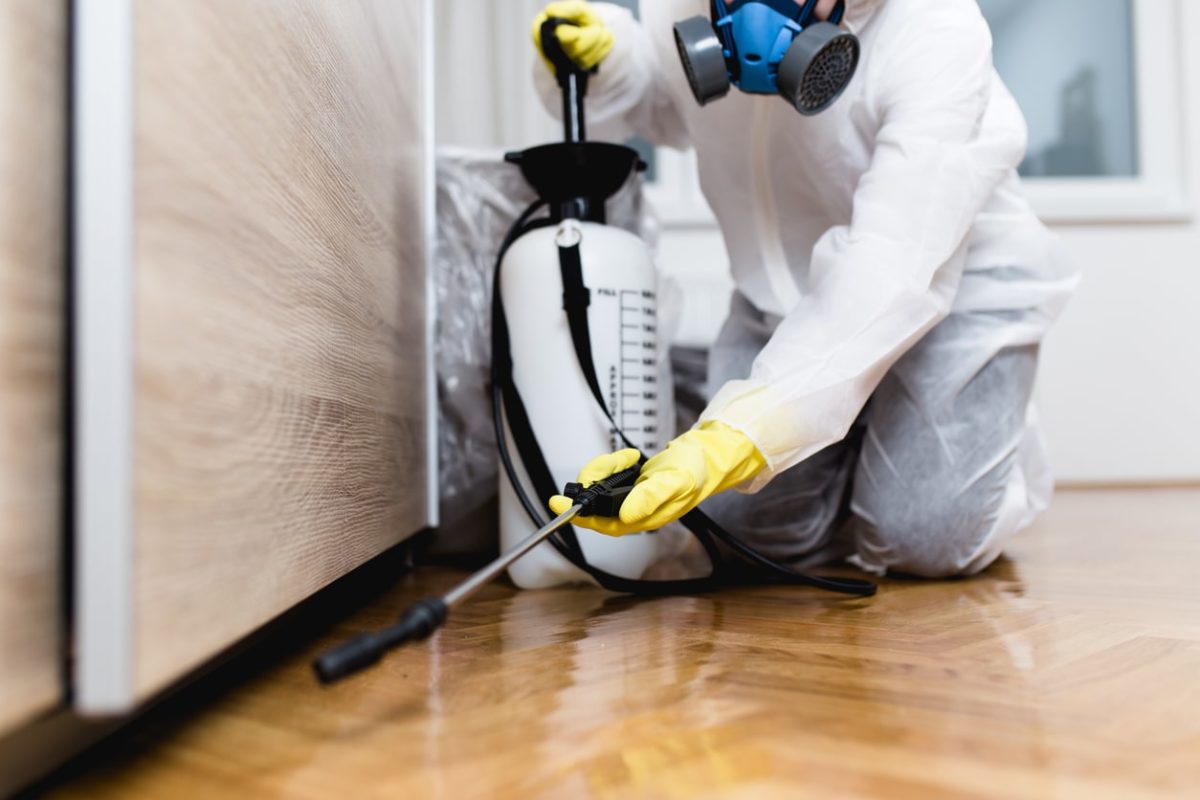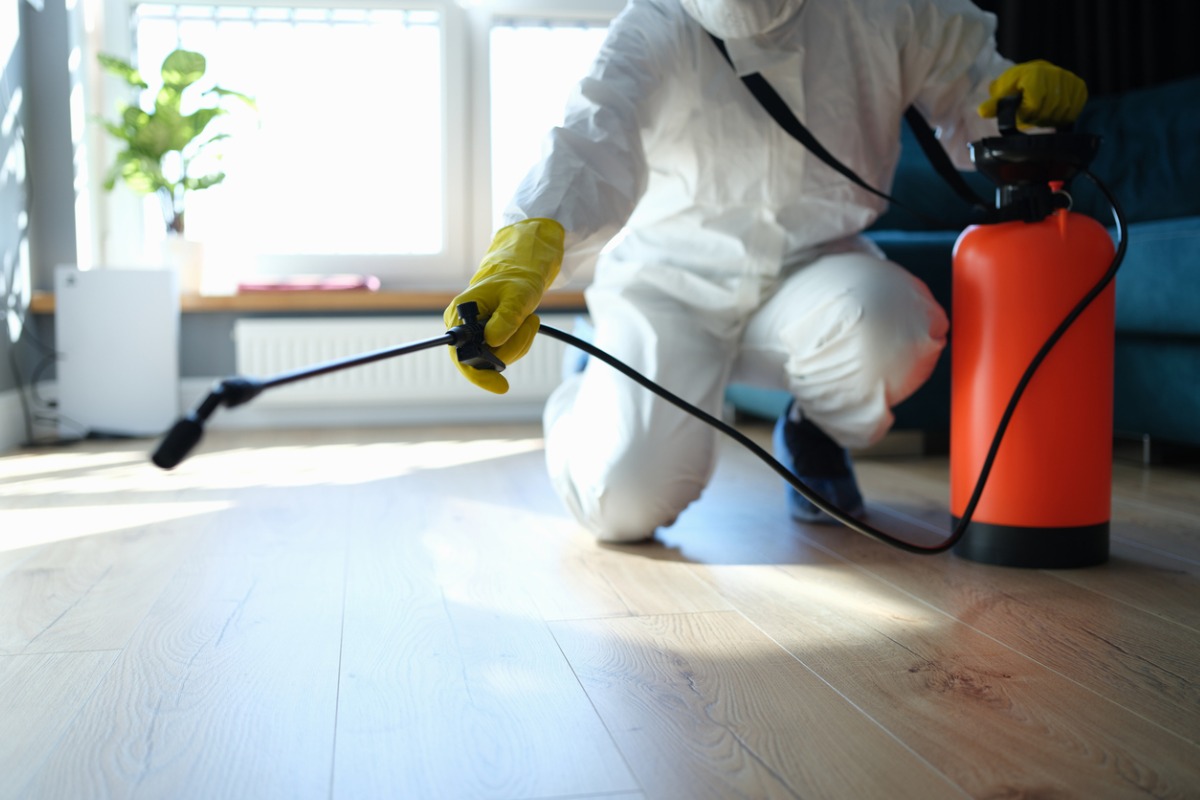Checking Out Infestation and Treatment Techniques in the World of Bug Control
The landscape of pest control incorporates a myriad of difficulties, particularly as infestations of common household insects proceed to evolve. By integrating preventive procedures with innovative administration techniques, such as Integrated Parasite Administration (IPM), home owners can much better guard their atmospheres.

Usual Family Pests
When it comes to handling our living rooms, understanding typical household pests is critical. These parasites not only interrupt our convenience however can additionally posture health and wellness risks and damage building. One of the most prevalent house parasites include ants, roaches, rodents, termites, and bed bugs.
Ants, often seen foraging in kitchens, can pollute food and develop huge colonies. Roaches, understood for their resilience, can cause allergies and spread microorganisms. Rats, consisting of mice and rats, can create structural damage and lug diseases like hantavirus and salmonella. Termites, commonly referred to as "silent destroyers," can endanger the stability of wooden frameworks, causing costly repair services. Bed bugs, although not condition carriers, can cause considerable pain through their bites and cause mental distress.
Recognizing the indications of these pests, such as droppings, nests, or bite marks, is crucial for very early intervention (Pest Control Lockhart). Proper hygiene methods, sealing access factors, and preserving a clutter-free setting work preventative steps. By identifying these usual home insects and understanding their habits, homeowners can take proactive actions to alleviate invasions, ensuring a healthier living atmosphere
Understanding Pest Infestations
Bug invasions can rise rapidly, transforming a minor nuisance into a significant problem otherwise attended to promptly. Recognizing the nature of these infestations is critical for efficient monitoring. Parasites can attack household and commercial spaces for various factors, consisting of the search for food, shelter, or breeding premises. Typical variables adding to infestations include bad hygiene, structural susceptabilities, and seasonal adjustments that drive pests inside.
Determining the kind of insect is necessary, as different species display diverse behaviors and reproductive prices. For instance, rats may establish nests in surprise locations while insects like roaches thrive in wet settings. Early detection frequently depends upon identifying indicators such as droppings, nibble marks, or unusual noises, which can suggest a problem prior to it becomes extreme.
Environmental problems also play an important function in bug expansion. Cozy, humid climates can facilitate the fast growth of parasite populations, while changes in landscaping or construction can unintentionally produce favorable environments. As a result, regular examinations and preventative measures are extremely important to mitigating the danger of invasions. An enlightened approach to recognizing these dynamics prepares for effective bug management approaches in the future.
Treatment Methods and Techniques
Effective treatment techniques and methods are necessary for alleviating pest infestations and bring back a safe setting. A diverse method is frequently best, integrating chemical, organic, and mechanical approaches customized to the particular bug and the extent of the problem.
Chemical treatments consist of making use of pesticides and herbicides, which can efficiently get rid of bugs. Appropriate application and adherence go now to safety and security standards are crucial to decrease dangers to people and non-target organisms. Integrated Parasite Management (IPM) encourages the sensible use chemicals as a last hope, depending instead on surveillance and threshold levels to figure out intervention requirements.
Organic control techniques entail presenting natural killers or parasites to minimize bug populaces. This approach is progressively preferred, especially in agricultural setups, as it advertises environmental sustainability.
Mechanical approaches, such as catches and obstacles, give immediate relief from parasites without introducing chemicals. Alternatives include sticky traps for bugs or physical barriers for rats.
Ultimately, the choice of therapy method need to think about the specific pest, the setting, and prospective influences on human health and wellness and communities. A well balanced combination of these approaches can efficiently take care of infestations while promoting long-lasting pest control options.
Preventive Steps for Residence
Proactively dealing with parasite issues before they escalate is crucial for keeping a healthy home atmosphere (Pest Control Lockhart). Applying effective safety nets can considerably minimize the likelihood of problems, ultimately protecting both your property and well-being

Correct landscaping also plays a vital duty in avoidance. Maintaining hedges and trees cut away from the residence lowers the possibilities of bugs discovering their method inside your home. Guarantee that drainage systems are functioning efficiently to protect against standing water, which can attract in mosquitoes and other insects.
Last but not least, regular assessments are a good idea. On a regular basis looking for indications of pest task enables early intervention. By taking on these precautionary measures, homeowners can develop an atmosphere that is less friendly to bugs, thus boosting their general quality of life and reducing the need for considerable bug control interventions.
Business Insect Control Strategies
A thorough method to business bug control is important for organizations intending to maintain a secure and hygienic setting. Effective approaches involve a mix of regular assessments, employee training, and the application of Integrated Insect Management (IPM) methods.
Normal evaluations make it possible for early detection of parasite activity, enabling for prompt treatment. Businesses must create a routine schedule for these analyses, concentrating on high-risk locations such as cooking areas, storeroom, and garbage disposal sites. Worker training is just as essential; personnel needs to be educated on the indications of bug problems and the importance of reporting them promptly.
Implementing IPM methods aids alleviate pest problems sustainably. This go right here includes environment adjustment, such as sealing access factors and lowering mess, as well as employing natural deterrents before turning to chemical therapies.

Additionally, teaming up with a qualified pest control company makes sure accessibility to specialist expertise and read this sophisticated therapy choices. This collaboration can cause tailored insect control plans tailored to the specific needs of business, minimizing risks and boosting total efficiency. Inevitably, a positive and enlightened strategy cultivates a pest-free atmosphere, securing both public health and wellness and company credibility.
Conclusion
Finally, reliable bug control requires a detailed understanding of typical household pests and their actions, combined with targeted treatment techniques. Carrying out safety nets along with therapy techniques such as Integrated Pest Monitoring and biological control enhances the capacity to reduce invasions. Normal assessments and a mix of chemical and mechanical services further add to maintaining pest-free settings. Ultimately, an all-around strategy to pest administration is essential for securing living rooms from unwanted burglars.